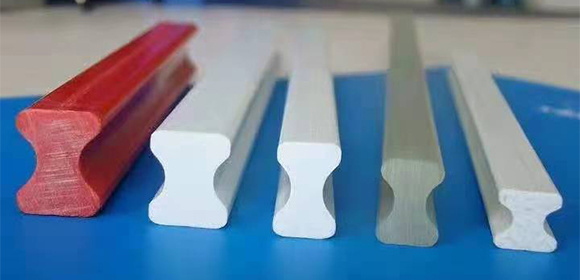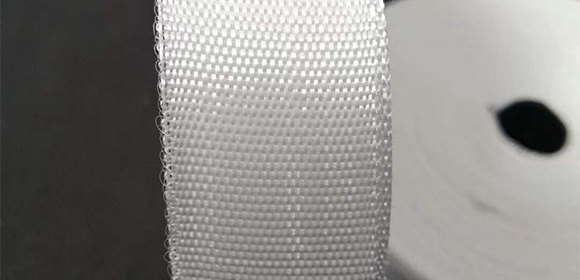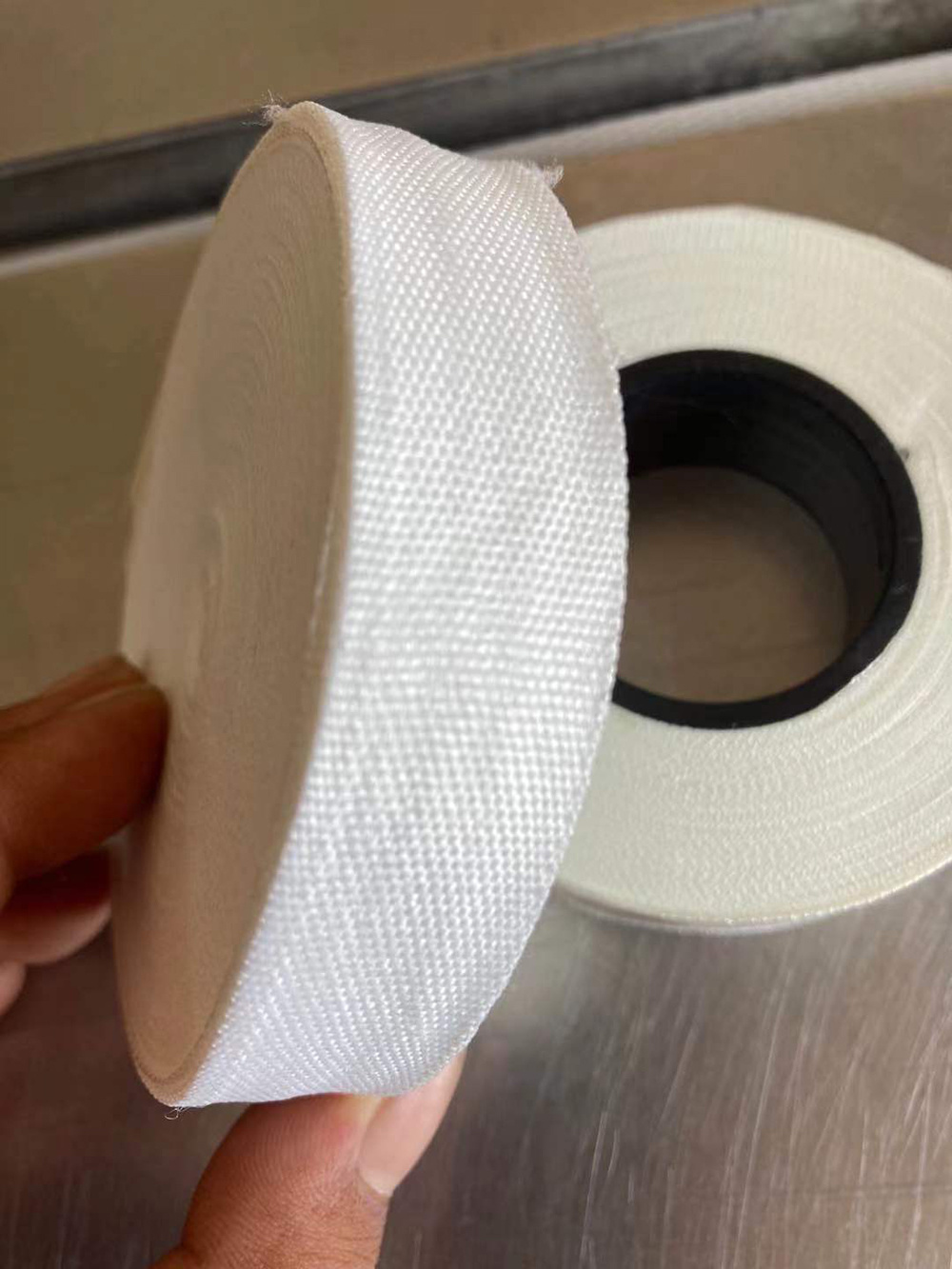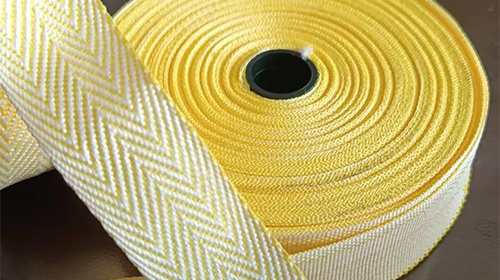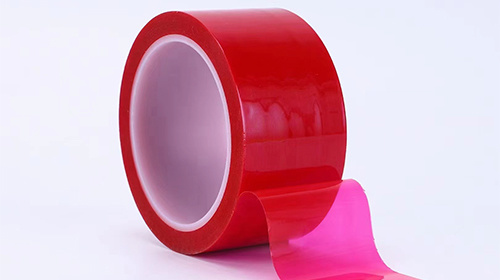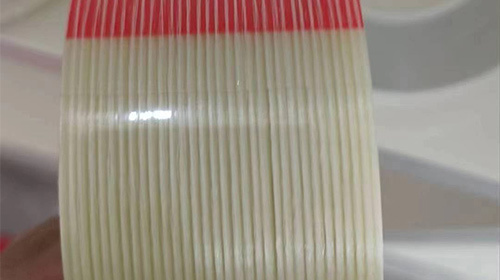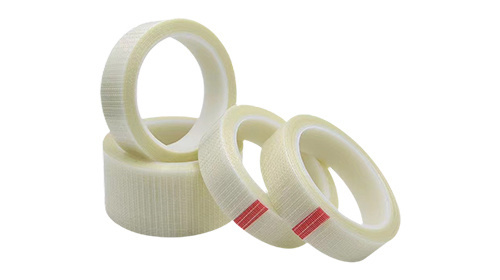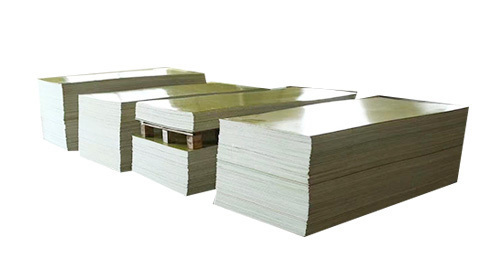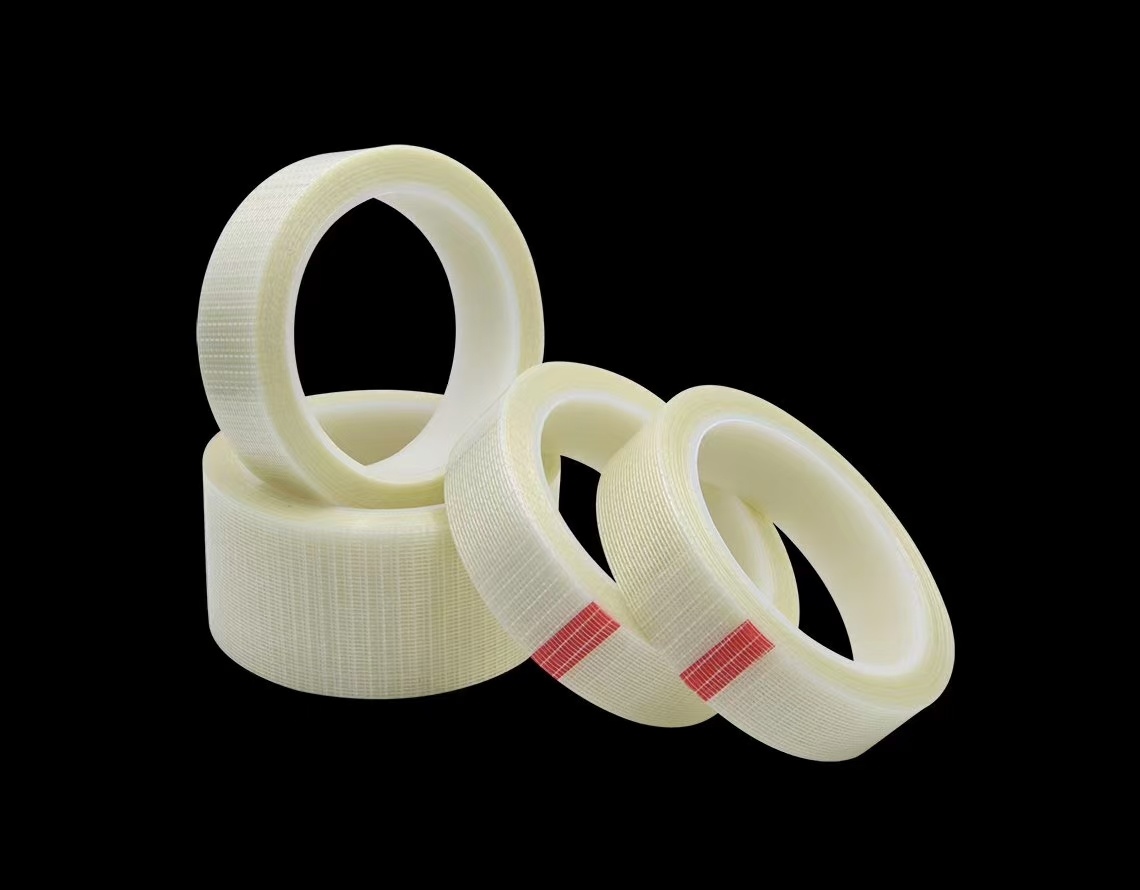Understanding the Compliance Standards for PVC Fiberglass Sleeves: A Comprehensive Guide
Understanding the Compliance Standards for PVC Fiberglass Sleeves
Table of Contents
1. Introduction to PVC Fiberglass Sleeves
2. Applications of PVC Fiberglass Sleeves
3. Benefits of Using PVC Fiberglass Sleeves
4. Compliance Standards for PVC Fiberglass Sleeves
5. Testing Methods for Compliance
6. Material Specifications for PVC Fiberglass Sleeves
7. Industry Regulati
Understanding the Compliance Standards for PVC Fiberglass Sleeves
Table of Contents
- 1. Introduction to PVC Fiberglass Sleeves
- 2. Applications of PVC Fiberglass Sleeves
- 3. Benefits of Using PVC Fiberglass Sleeves
- 4. Compliance Standards for PVC Fiberglass Sleeves
- 5. Testing Methods for Compliance
- 6. Material Specifications for PVC Fiberglass Sleeves
- 7. Industry Regulations Impacting PVC Fiberglass Sleeves
- 8. Future Trends in PVC Fiberglass Sleeve Manufacturing
- 9. Frequently Asked Questions (FAQs)
- 10. Conclusion
1. Introduction to PVC Fiberglass Sleeves
PVC fiberglass sleeves have emerged as critical components in various electrical applications, providing insulation and protection against environmental factors. These sleeves combine the durability of PVC with the high-temperature resistance of fiberglass, making them suitable for a wide range of applications in the electrical industry.
Understanding the compliance standards associated with PVC fiberglass sleeves is paramount for manufacturers and users alike. Ensuring adherence to these standards not only guarantees safety and performance but also promotes trust in the products being utilized.
2. Applications of PVC Fiberglass Sleeves
PVC fiberglass sleeves are utilized in multiple industries, including:
2.1 Electrical Insulation
One of the primary applications of PVC fiberglass sleeves is electrical insulation. These sleeves efficiently insulate wires and cables, safeguarding them from short circuits and electrical failures.
2.2 Heat Resistance
Due to their fiberglass composition, these sleeves can withstand high temperatures, making them ideal for automotive and aerospace applications where heat resistance is critical.
2.3 Mechanical Protection
In addition to insulation, PVC fiberglass sleeves offer mechanical protection against abrasion, chemicals, and moisture, extending the lifespan of cables and wires in harsh environments.
3. Benefits of Using PVC Fiberglass Sleeves
The adoption of PVC fiberglass sleeves comes with several advantages that enhance their popularity in various industries.
3.1 Enhanced Durability
The combination of PVC and fiberglass provides exceptional durability, ensuring that PVC fiberglass sleeves can withstand extreme conditions without compromising performance.
3.2 Cost-Effectiveness
PVC fiberglass sleeves offer a cost-effective solution compared to other insulation materials, striking a balance between affordability and high performance.
3.3 Wide Temperature Range
These sleeves are designed to function effectively across a wide temperature range, making them versatile for multiple applications.
4. Compliance Standards for PVC Fiberglass Sleeves
Compliance with industry standards is crucial for ensuring the quality and safety of PVC fiberglass sleeves. Key standards include:
4.1 ISO Standards
The International Organization for Standardization (ISO) sets quality standards that PVC fiberglass sleeves must meet to ensure consistent quality and reliability.
4.2 UL Certification
Underwriters Laboratories (UL) provides certification for products, including PVC fiberglass sleeves, ensuring that they meet safety standards for electrical components.
4.3 ASTM Standards
The American Society for Testing and Materials (ASTM) establishes testing standards for materials, including those used in PVC fiberglass sleeves, ensuring they meet specific performance criteria.
5. Testing Methods for Compliance
To ensure compliance with industry standards, various testing methods are employed.
5.1 Electrical Testing
Electrical testing evaluates the insulation properties of PVC fiberglass sleeves, ensuring they can withstand specified voltage levels without failure.
5.2 Thermal Testing
Thermal testing assesses the performance of PVC fiberglass sleeves under high-temperature conditions, confirming their heat resistance capabilities.
5.3 Mechanical Testing
Mechanical testing measures the physical durability of PVC fiberglass sleeves, including their resistance to abrasion and impact.
6. Material Specifications for PVC Fiberglass Sleeves
Understanding the material specifications for PVC fiberglass sleeves is vital for manufacturers and users.
6.1 Composition
PVC fiberglass sleeves are typically composed of a blend of polyvinyl chloride (PVC) and fiberglass, providing a balance of flexibility and strength.
6.2 Thickness and Diameter
The thickness and diameter of PVC fiberglass sleeves vary to meet the requirements of different applications. Selecting the correct size is essential for optimal performance.
6.3 Color Coding
Color coding of PVC fiberglass sleeves often indicates specific properties, such as temperature rating and application type, aiding in the identification and usage of the sleeves.
7. Industry Regulations Impacting PVC Fiberglass Sleeves
Several regulations govern the manufacturing and usage of PVC fiberglass sleeves.
7.1 Environmental Regulations
Manufacturers must adhere to environmental regulations that dictate the sustainability and recyclability of materials used in PVC fiberglass sleeves.
7.2 Safety Regulations
Safety regulations ensure that PVC fiberglass sleeves are manufactured and tested to minimize risks associated with electrical insulation failures.
7.3 Industry-Specific Standards
Different industries may impose additional standards that PVC fiberglass sleeves must meet, depending on their specific applications.
8. Future Trends in PVC Fiberglass Sleeve Manufacturing
The future of PVC fiberglass sleeves is poised for innovation, driven by advancements in materials science and manufacturing processes.
8.1 Sustainable Materials
There is a growing trend towards the use of sustainable materials in manufacturing PVC fiberglass sleeves, addressing environmental concerns and promoting eco-friendly practices.
8.2 Smart Technology Integration
The integration of smart technology into PVC fiberglass sleeves is on the rise, allowing for enhanced monitoring of electrical systems and real-time data collection.
8.3 Customization Options
Manufacturers are increasingly offering customization options for PVC fiberglass sleeves, allowing for tailored solutions that meet specific client needs.
9. Frequently Asked Questions (FAQs)
9.1 What are PVC fiberglass sleeves made of?
PVC fiberglass sleeves are composed of a blend of polyvinyl chloride (PVC) and fiberglass, providing excellent insulation and heat resistance.
9.2 How do I determine the right size of PVC fiberglass sleeve?
The right size depends on the application and the diameter of the wires or cables being insulated. Always refer to manufacturer specifications for guidance.
9.3 Are PVC fiberglass sleeves suitable for outdoor use?
Yes, PVC fiberglass sleeves can be used outdoors, but ensure they meet the necessary environmental resistance standards for your specific application.
9.4 How often should PVC fiberglass sleeves be inspected?
Regular inspections are recommended, particularly in environments with extreme conditions. Check for wear, discoloration, or any signs of damage.
9.5 Where can I purchase PVC fiberglass sleeves?
PVC fiberglass sleeves are available from various industrial suppliers, electrical equipment distributors, and online retailers. Always choose reputable sources to ensure quality.
10. Conclusion
In conclusion, understanding the compliance standards for PVC fiberglass sleeves is essential for ensuring safety, performance, and reliability in electrical applications. By adhering to the industry standards and utilizing high-quality materials, manufacturers and users alike can benefit from the enhanced durability and versatility of PVC fiberglass sleeves. As the industry evolves, staying informed about testing methods, material specifications, and future trends will be crucial for maintaining compliance and achieving optimal results in electrical insulation.






